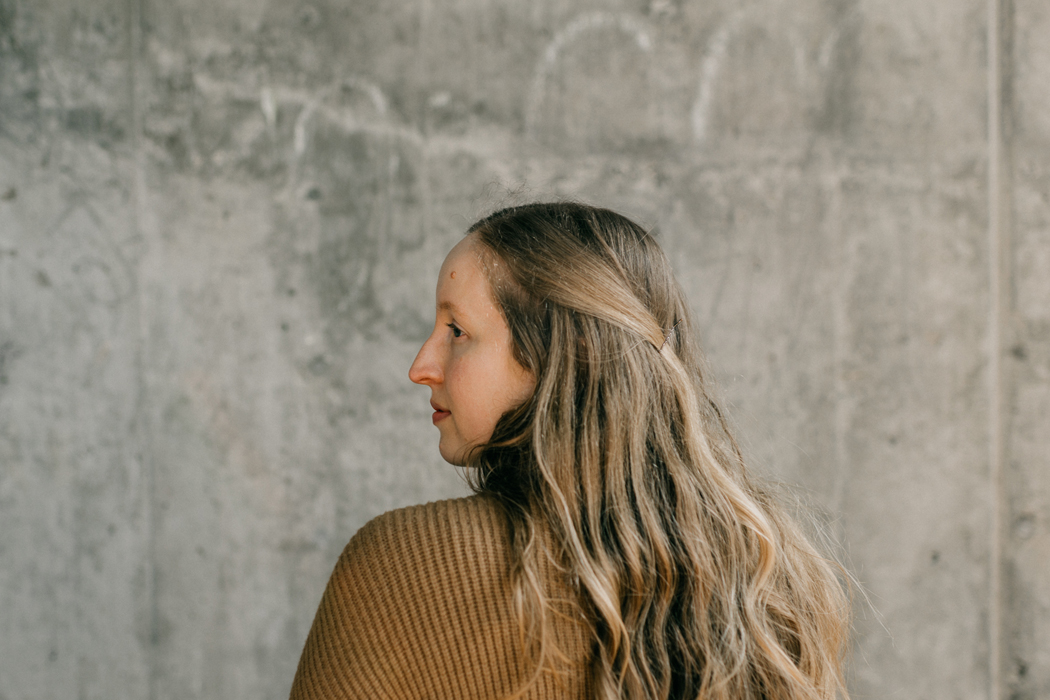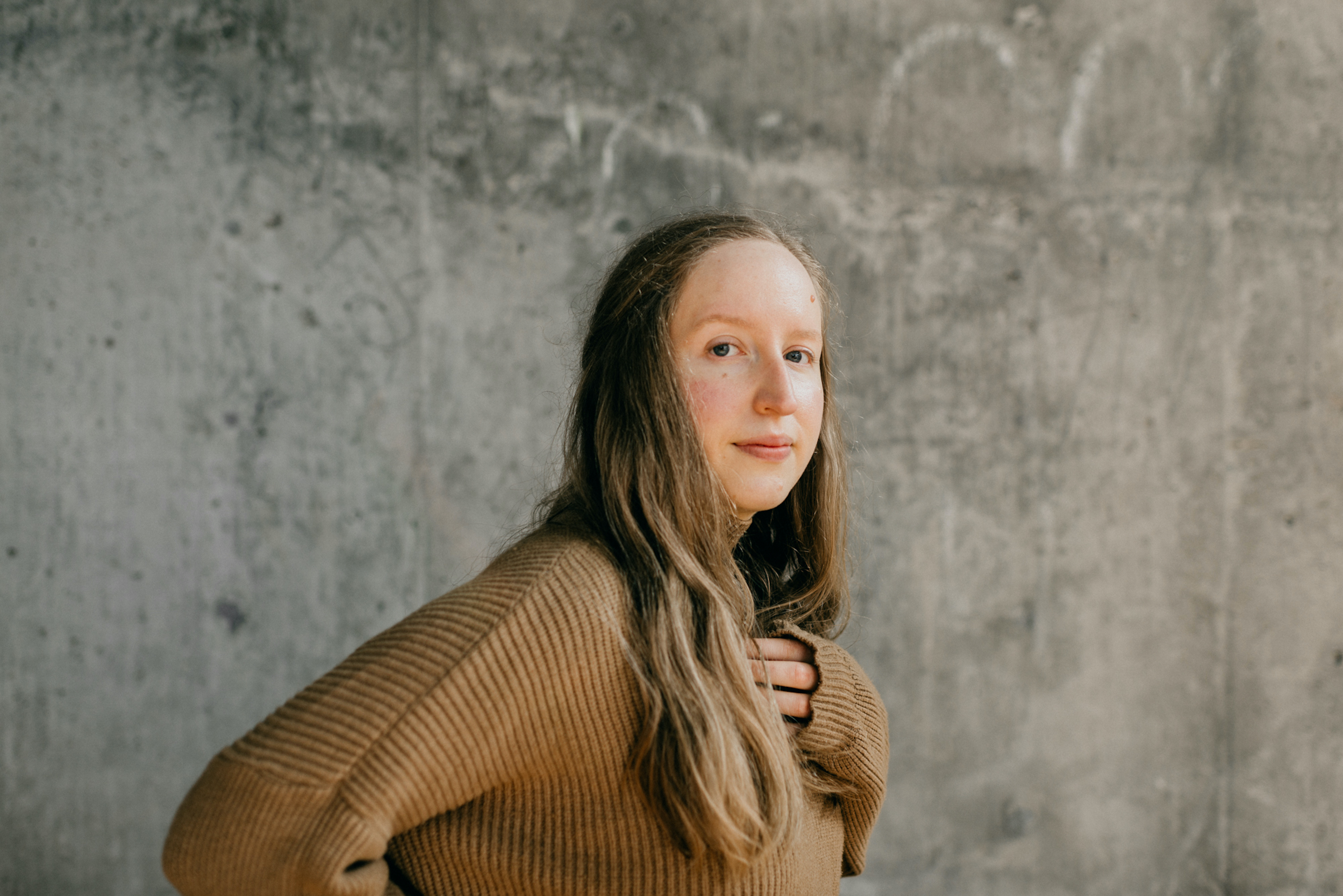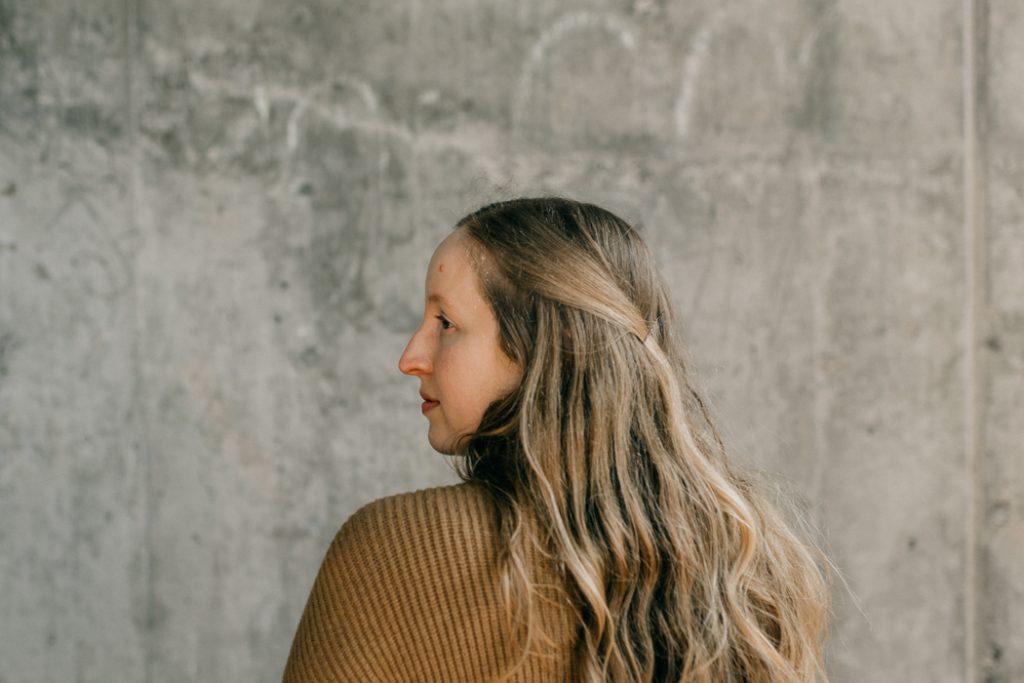
This reflection was written by Soundfly alumna Kiri Sparks, a Seattle-based singer and songwriter, and details her experience working with a mentor throughout recent Soundfly course and mentorship sessions.
By Kiri Sparks
I had no idea what to expect when I signed up for my first course with Soundfly.
I didn’t know anything about music recording or production outside of YouTube videos filled with technical jargon I didn’t understand. I was nervous and intimidated. Hundreds of song ideas were stored inside the voice memo app on my phone, unfinished and unheard, just waiting to be worked on.
But I was completely stuck and unsure of how to turn my song ideas into something tangible and real. Up to this point, spending lots of money at a recording studio seemed to be the only option for me as a singer-songwriter; I was lost.
I signed up for the Making Music in Logic Pro X course with Sırma paired up as my mentor. As soon as I heard Sırma’s music I knew I had to work with her. (The fact that Soundfly mentors actually work in the music industry themselves is invaluable.) Her bio says that she loves helping students: “figure out how to produce the sounds they hear in their head.”
That is exactly what I’d been looking for but didn’t know how to find.
As I worked through the course, it became really apparent how much there was to learn. When I started playing around on my MIDI controller for the first time, it was like a whole new world of sound opened up and I knew I was becoming officially obsessed with making electronic music.
My final song, “Forgive You,” was a new idea that was planted in Week Four of the course while I was experimenting with audio recording. Sırma suggested I continue working on my idea and complete the song as my final challenge, knowing full well that one of my biggest hurdles was starting things and not finishing them.
I’m so grateful that she pushed me. In the end, the song turned out better than I could’ve ever expected, but it definitely came from some very humble beginnings.
I only had a verse melody and instrumental interlude to start with. Thankfully, the structure of this song came about organically as I worked on it from beginning to end — each part naturally bled into the next and informed where the song wanted to go.
The musical arrangement was pretty sparse to begin with, so I began by adding in additional piano, string, bass, and synth software instruments. I was really intimidated to add more drums, but Sırma guided me through it by demonstrating how to add in drum samples to help the production sound fuller.
She also encouraged me to get creative with recording sounds using household objects — and a few of the drums on this track are a result of my banging a hand against a Morton salt container and shaking it back and forth. The final parts of the song I recorded were extra background vocal harmonies and electric violin.

One of my favorite parts of this experience was experimenting with vocals.
My voice is featured in a lot of different ways throughout the song. I wanted to create an airy and dreamy atmosphere, and mainly used reverb and delay effects to accomplish that. I also cut up my main vocals and repurposed them in different parts of the song (like the word “body” from the bridge shows up in the instrumental interlude between the two verses, second verse and second chorus with an added delay effect).
Sırma helped me with vocal production, and really pushed me to keep experimenting with adding vocal layers.
Learn more on Soundfly: Learn how to produce vocals at home that sound modern, polished, and professional in our acclaimed Modern Pop Vocal Production course.
In terms of lyrics, my process is generally singing stream of consciousness words and phrases over a melody to get a sense of the lyrical flow I want. Sometimes, clear lyrics come to me right in the moment as I’m creating the melody, other times I will need to sit with it until inspiration strikes. I have a fear of sitting down with the intention to write, as if it will take the magic and mystery out of lyrical inspiration. Though in the end, it was a really worthwhile exercise for me to have a deadline as it forced me to actually designate time to finalize and complete the lyrics.
“Forgive You” was inspired by my experiences with depression, trauma, and shame. Even though the subject matter of the lyrics is a little heavy, I think the lighter musical arrangement provides a hopeful counterbalance.
The most emotional part of the song for me to write appears at the bridge, when I sing “take me out of my body.” These lyrics recount a particularly painful time in my life, and even though it’s in my past, I can still access it pretty viscerally.
“Shame is a liar that makes you believe you’re alone and that there’s something innately wrong with you. If I can make a connection with another human being through music and make anyone feel less isolated, that would mean everything to me.”
Shame and debilitating anxiety stopped me from making and playing music for many years and it effectively stopped my life from moving forward in so many ways. I hid myself from the outside world and pushed friends and relationships away. It’s strange to think I’m starting to emerge back out of my shell just as society has gone into lock down; but releasing this song marks a new beginning for me.
It’s scary to put myself out there, but I’m tired of hiding.

Writing, recording, producing, and mixing this song was an especially healing experience for me in ways I couldn’t have expected. I think I was able to let go of some things I’d been holding on to. Shame is a liar that makes you believe you’re alone and that there’s something innately wrong with you. If I can make a connection with another human being through music and make anyone feel less isolated, that would mean everything to me.
When I started this course, I had so many limiting beliefs and doubt about my capabilities and was seeking outside validation as a songwriter. Working with a mentor like Sırma expanded my idea of what was possible for myself. She supported my creativity and voice as a songwriter.
Now, I’m learning to value and trust my own instincts and know that I already have what I need within me already. I plan to keep writing and recording music and hope to eventually collaborate with other artists and producers in the future. No more hiding.
Ready to reach your musical goals?
Our one-on-one mentorship program is built on our belief that accountability and guidance can have a huge impact on students reaching their goals and developing their musical identities. Soundfly’s community of mentors will help you set the right goals, pave the right path toward success, and stick to schedules and routines that you develop together, so you improve every step of the way.
Tell us what you’re working on, and we’ll find the right mentor or course for you!




